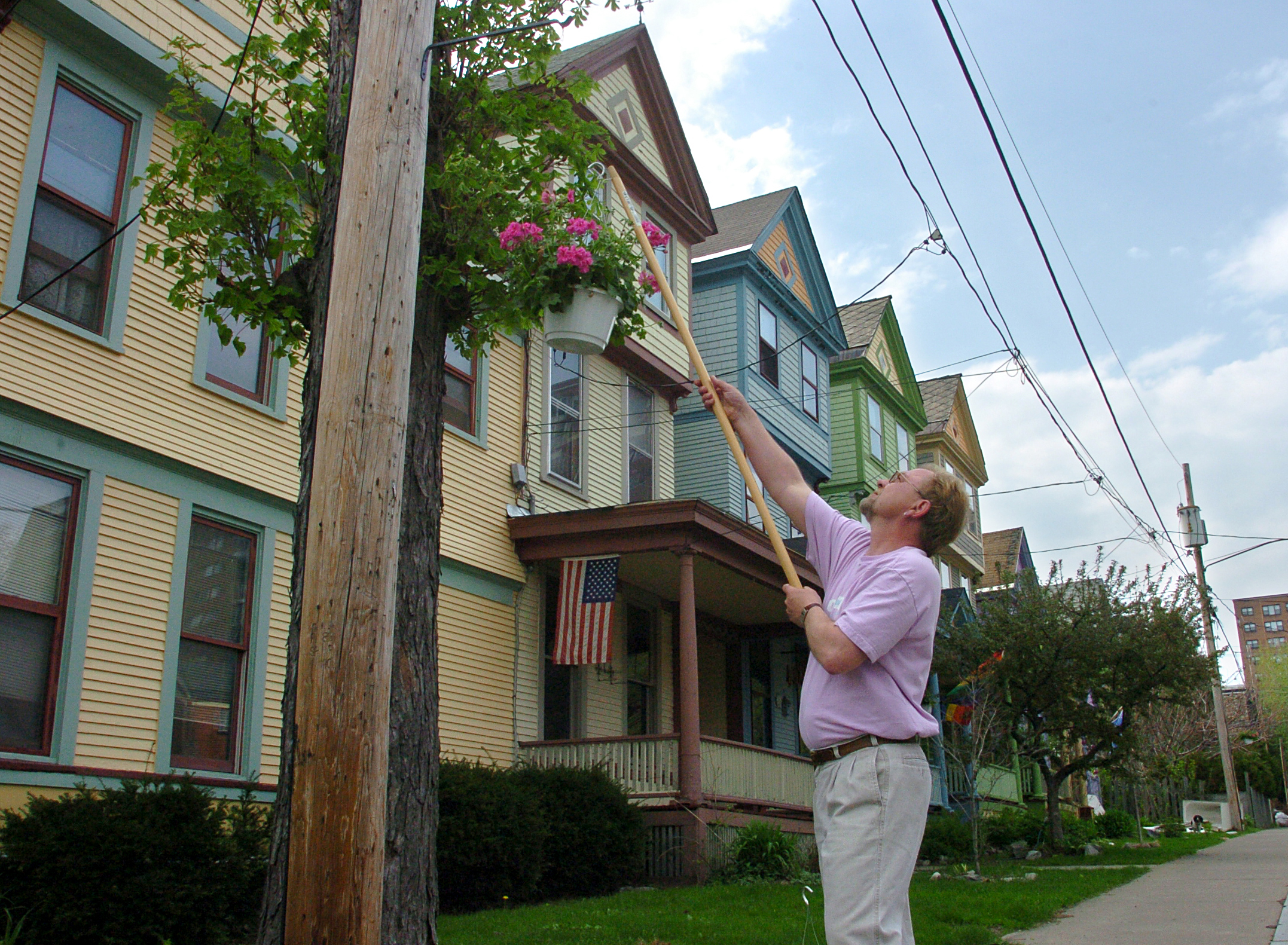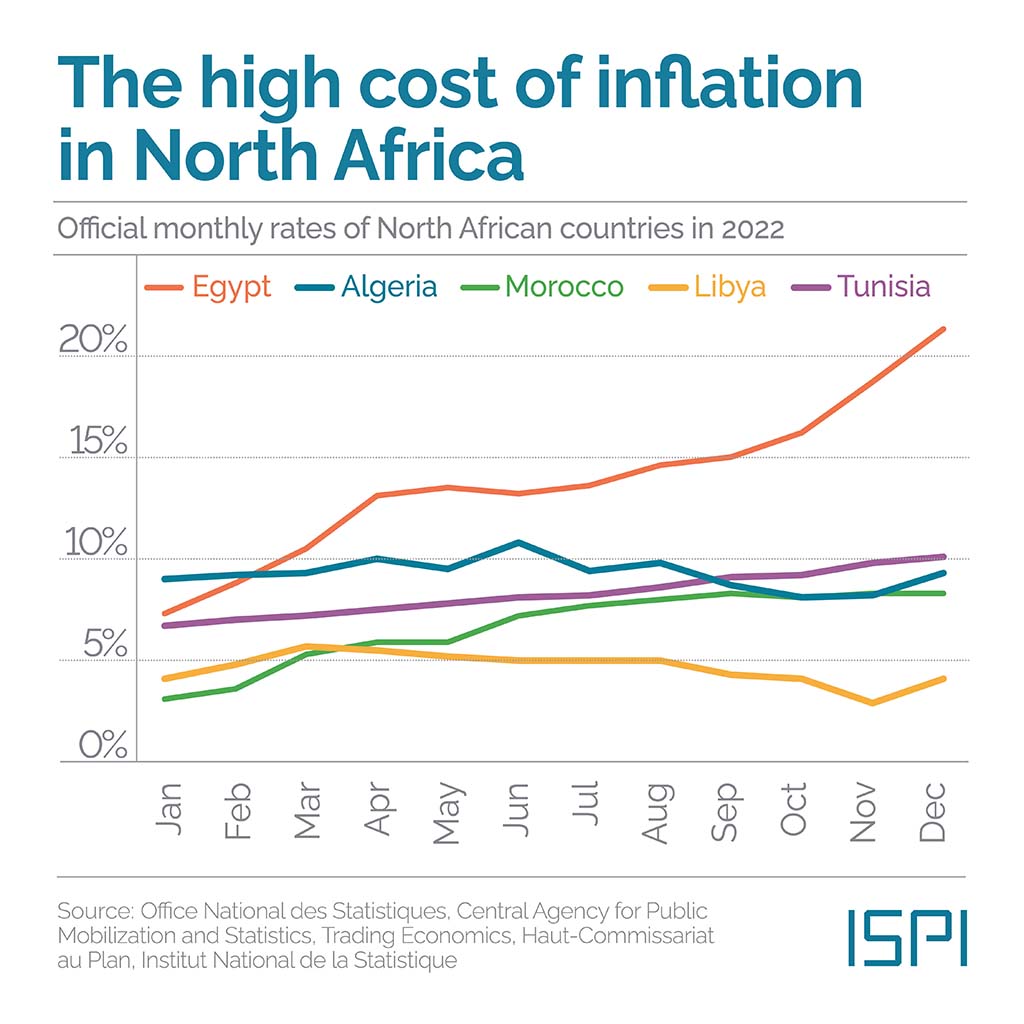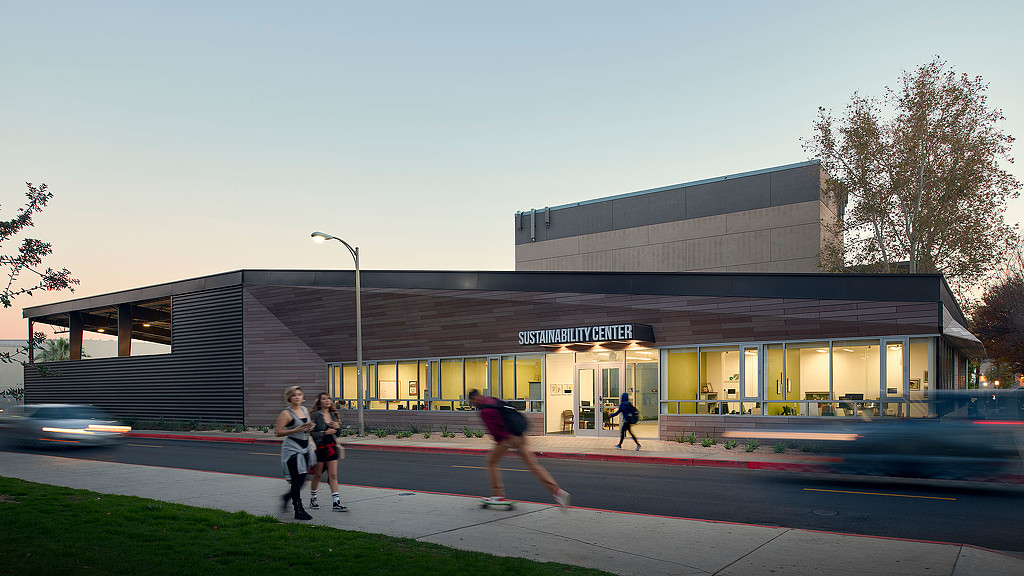Report on Economic Development Initiatives in Lorain County, Ohio
Executive Summary
This report details the strategic efforts undertaken by Lorain County, Ohio, to foster sustainable economic growth, spurred by an unsuccessful 2021 bid to attract a major Intel manufacturing facility. The experience served as a catalyst, leading to a multi-stakeholder initiative to develop a 1,000-acre “shovel-ready” industrial mega-site. This project is directly aligned with several United Nations Sustainable Development Goals (SDGs), particularly those concerning economic growth, infrastructure, sustainable communities, and strategic partnerships.
Fostering Growth Through Multi-Stakeholder Collaboration (SDG 17)
Initial Opportunity and Partnership
In 2021, a proactive outreach by Lorain Councilwoman Mary Springowski to Intel’s CEO initiated a dialogue regarding a potential chip manufacturing plant. Although Lorain could not meet the immediate land and timeline requirements, the opportunity was strategically escalated to regional and state partners. This collaboration exemplifies SDG 17 (Partnerships for the Goals) and involved the following key actions:
- A local official identified a significant economic opportunity.
- Recognizing limitations, the opportunity was passed to Team NEO, a regional economic development partner.
- Team NEO, in turn, engaged JobsOhio, a statewide entity, to present an alternative site near Columbus.
- This collaborative effort ensured a major private sector investment remained within the state of Ohio, contributing to statewide economic health in line with SDG 8.
Developing Resilient Infrastructure for Sustainable Industrialization (SDG 9)
Lessons from the Intel Bid
The primary obstacle for Lorain’s initial bid was the lack of a large-scale, shovel-ready site with a single owner. This experience highlighted a critical infrastructure gap and became the impetus for a strategic shift towards proactive development. The county resolved to be prepared for future opportunities by investing in the necessary infrastructure to attract and support modern industry, a core tenet of SDG 9 (Industry, Innovation, and Infrastructure).
The Lorain County Mega-Site Project
In response, economic development leaders identified a 1,000-acre parcel near the Lorain County Regional Airport for development into an industrial mega-site. The site was selected for its strategic advantages, which support sustainable urban and industrial planning:
- Proximity to a skilled workforce.
- Access to existing infrastructure and public transportation.
- Central location between the population centers of Lorain, Elyria, and Oberlin.
- A 45-minute commute from major population centers in adjacent counties.
With $67.4 million in state funding from the All Ohio Future Fund, the project is now focused on critical infrastructure upgrades to enhance its development potential.
Alignment with Key Sustainable Development Goals
Promoting Decent Work and Economic Growth (SDG 8)
The overarching goal of the initiative is to attract “meaningful economic development” that provides living wages and long-term stability. By preparing for industries capable of creating thousands of direct and indirect jobs with high average salaries, Lorain County aims to promote full and productive employment and decent work for all, directly contributing to SDG 8.
Investing in Clean Water and Sanitation (SDG 6)
Recognizing that advanced manufacturing requires significant water resources, the development plan includes substantial investment in water infrastructure. This commitment to sustainable resource management, a key component of SDG 6 (Clean Water and Sanitation), is demonstrated through planned upgrades:
- Development of industrial-scale water and sewer capacity.
- Potential construction of a new wastewater treatment facility to manage industrial output responsibly.
Building Sustainable Cities and Communities (SDG 11)
The project is fundamentally aimed at the economic revitalization of the region. By creating a robust industrial base, the initiative seeks to make the community more resilient, inclusive, and sustainable. This focus on creating lasting economic opportunities that can support the local population is central to achieving SDG 11.
Current Status and Future Outlook
While Intel’s project in New Albany faces delays, Lorain County is actively proceeding with the development of its mega-site. The secured state funding allows for essential infrastructure work to commence, positioning the county as a prime candidate for future large-scale investment. The initiative represents a strategic, forward-looking approach to economic development, with a clear focus on creating sustainable, long-term value for the community in alignment with global development goals.
Analysis of Sustainable Development Goals in the Article
1. Which SDGs are addressed or connected to the issues highlighted in the article?
The article highlights issues and initiatives that are directly connected to several Sustainable Development Goals (SDGs). The primary focus on economic growth, job creation, infrastructure development, and strategic partnerships aligns with the following SDGs:
- SDG 8: Decent Work and Economic Growth: The entire narrative revolves around attracting a major private sector investment to stimulate the local economy. The article explicitly mentions the goal of creating high-paying jobs and achieving “meaningful economic development” that provides “living wages.”
- SDG 9: Industry, Innovation, and Infrastructure: A central theme is the effort to attract the high-tech chip manufacturing industry. This involves significant investment in building resilient and large-scale infrastructure, such as the “1,000-acre mega site,” upgrading water and sewer capacity, and extending an airport runway to support industrialization.
- SDG 6: Clean Water and Sanitation: The article notes that a key requirement for chip manufacturing is “a lot of water.” The plans to develop the mega site include building “industrial-scale water and sewer capacity” and potentially a “new wastewater treatment facility,” which directly relates to the management of water resources and sanitation infrastructure.
- SDG 17: Partnerships for the Goals: The story is a clear example of multi-stakeholder collaboration. It details how an initiative by a local councilwoman led to a partnership involving city and county authorities, a regional economic development partner (Team NEO), and a statewide entity (JobsOhio), all working together to secure a project for the state. The article calls economic development a “team sport,” underscoring the importance of these partnerships.
2. What specific targets under those SDGs can be identified based on the article’s content?
Based on the actions and goals described in the article, several specific SDG targets can be identified:
- Under SDG 8 (Decent Work and Economic Growth):
- Target 8.2: Achieve higher levels of economic productivity through diversification, technological upgrading and innovation. The effort to attract a “chip manufacturing plant” is a direct attempt to move towards a high-tech, high-value industry.
- Target 8.5: By 2030, achieve full and productive employment and decent work for all women and men, including for young people and persons with disabilities, and equal pay for work of equal value. The article highlights the expected creation of “3,000 direct jobs with an average salary of $135,000” and the desire for development that “provides living wages.”
- Under SDG 9 (Industry, Innovation, and Infrastructure):
- Target 9.1: Develop quality, reliable, sustainable and resilient infrastructure… to support economic development and human well-being. The plan to create a “shovel ready” 1,000-acre mega site by upgrading “critical infrastructure,” extending a runway, and building water and sewer capacity is a direct implementation of this target.
- Target 9.2: Promote inclusive and sustainable industrialization. The goal is to attract a major industrial project (“chip manufacturing plant”) to Lorain County to spur regional economic growth.
- Under SDG 6 (Clean Water and Sanitation):
- Target 6.3: By 2030, improve water quality by… halving the proportion of untreated wastewater and substantially increasing recycling and safe reuse globally. The plan to potentially add a “new wastewater treatment facility” to handle industrial needs aligns with this target.
- Under SDG 17 (Partnerships for the Goals):
- Target 17.17: Encourage and promote effective public, public-private and civil society partnerships, building on the experience and resourcing strategies of partnerships. The article describes a partnership model involving a local councilwoman, city and county port authorities, Team NEO (a regional partner), and JobsOhio (a state-level entity), funded by the state’s “All Ohio Future Fund.”
3. Are there any indicators mentioned or implied in the article that can be used to measure progress towards the identified targets?
Yes, the article mentions several quantitative and qualitative indicators that can be used to measure progress:
- For SDG 8 Targets:
- Total private sector investment: The article mentions the initial Intel project was valued at “$28 billion.”
- Number of direct jobs created: The Intel project was expected to create “3,000 direct jobs.”
- Average salary of new jobs: The projected average salary was “$135,000.”
- Provision of living wages: Councilwoman Springowski’s goal is for “meaningful economic development — the kind that provides living wages.”
- For SDG 9 Targets:
- Public investment in infrastructure: The project is backed by “$67.4 million in support from Ohio’s All Ohio Future Fund.”
- Land area prepared for industrial use: The development of a “1,000-acre mega site.”
- Specific infrastructure projects completed: Progress can be measured by the completion of an “extended runway” and “industrial-scale water and sewer capacity.”
- For SDG 6 Targets:
- Development of new sanitation infrastructure: The construction of a “new wastewater treatment facility.”
- For SDG 17 Targets:
- Existence of multi-stakeholder partnerships: The collaboration between Lorain, Team NEO, and JobsOhio serves as a qualitative indicator of a functional partnership.
4. Summary Table of SDGs, Targets, and Indicators
| SDGs | Targets | Indicators |
|---|---|---|
| SDG 8: Decent Work and Economic Growth |
8.2: Achieve higher levels of economic productivity through diversification and technological upgrading.
8.5: Achieve full and productive employment and decent work for all. |
– Amount of private sector investment ($28 billion). – Number of direct jobs created (3,000). – Average salary of new jobs ($135,000). – Provision of living wages. |
| SDG 9: Industry, Innovation, and Infrastructure |
9.1: Develop quality, reliable, sustainable and resilient infrastructure.
9.2: Promote inclusive and sustainable industrialization. |
– Public investment in infrastructure ($67.4 million). – Size of industrial site developed (1,000 acres). – Completion of infrastructure (extended runway, water/sewer capacity). – Attraction of high-tech industry (chip manufacturing). |
| SDG 6: Clean Water and Sanitation | 6.3: Improve water quality by reducing pollution and halving the proportion of untreated wastewater. |
– Construction of a new wastewater treatment facility. – Development of industrial-scale water and sewer capacity. |
| SDG 17: Partnerships for the Goals | 17.17: Encourage and promote effective public, public-private and civil society partnerships. | – Formation of multi-stakeholder partnerships (Lorain Council, Team NEO, JobsOhio). |
Source: cleveland.com







